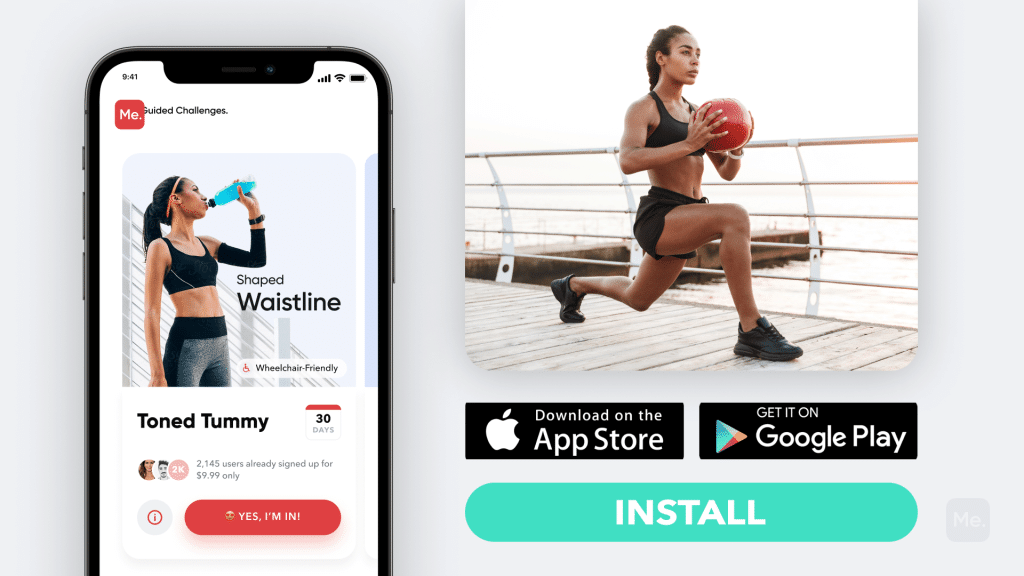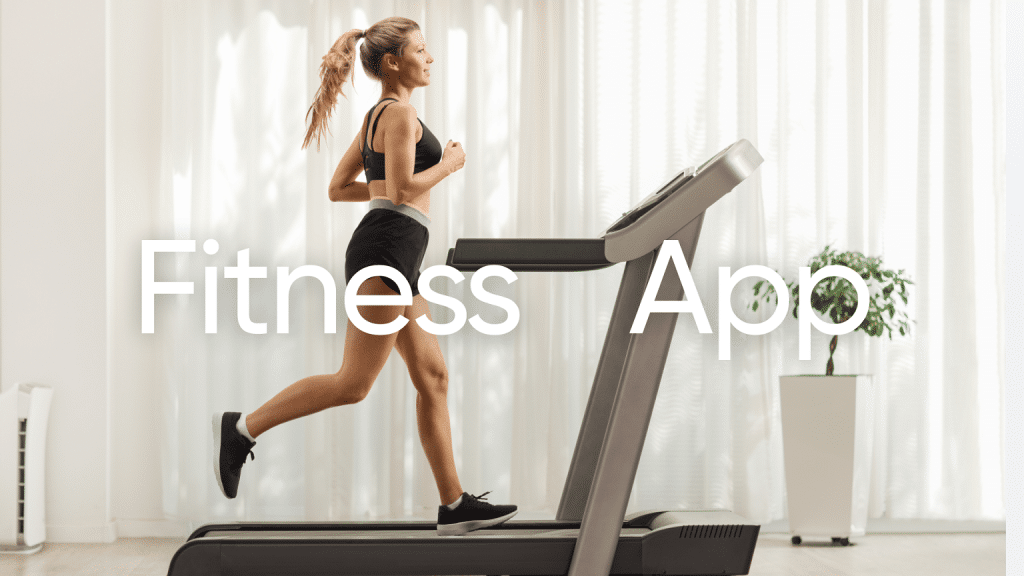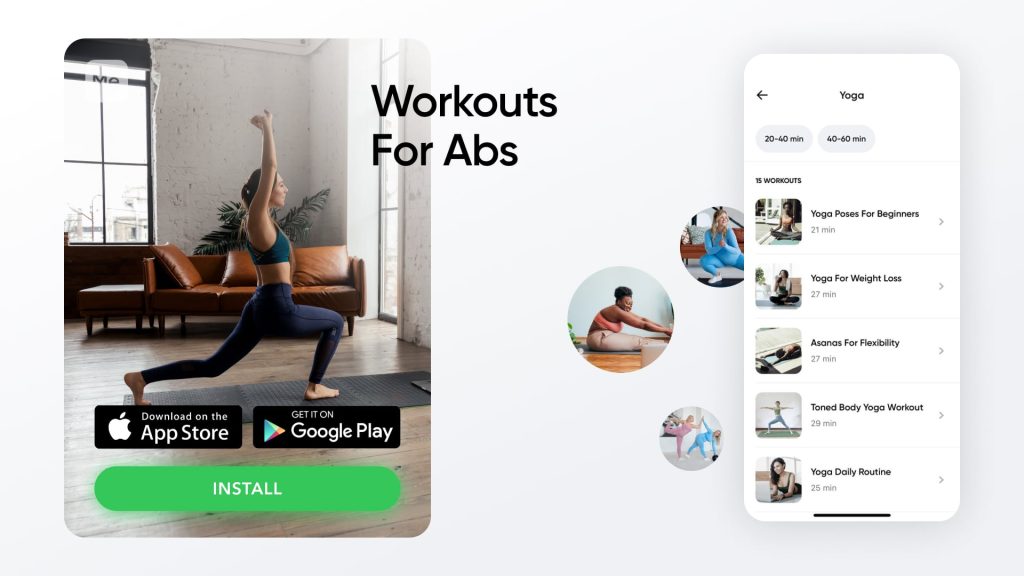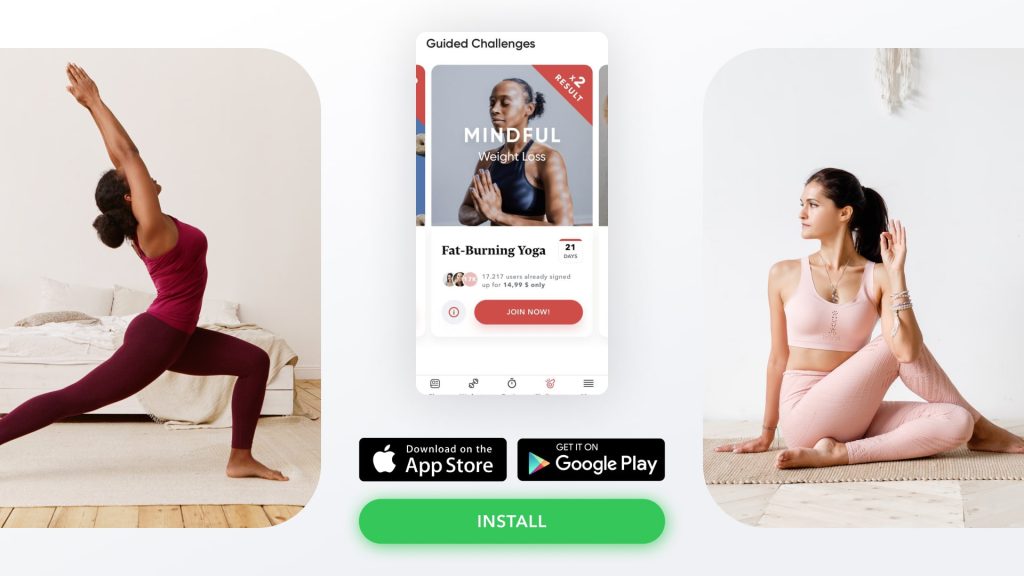Lunging is one of seven fundamental movements the human body can perform (squatting, bending, twisting, pushing, pulling, and gait being the others). As a result, it exercises a wide variety of muscles, tendons and ligaments simultaneously. While lunging your body is at a disadvantaged stance; your front leg bears the brunt of your body weight while the back leg acts as a stabilizer. The movement demands greater flexibility, stability and balance than many other exercises, making it ideal for those looking to improve their functional movement ability. In this article, we’ll go over the muscles worked by lunging, some of the most popular variations, and the benefits you can expect to experience from incorporating this movement into your workouts.
Get your personalized
meal plan!
Lunges Muscles Worked
The forward lunge is the most common and likely the first variation you learned. It consists of two phases: the eccentric (lowering) phase, where you lower your body toward the floor; and the concentric (lifting) phase, where you drive back up to the starting position.
Here’s how to perform a forward lunge:
- Start in a standing position with your feet hip-width apart and your hands on your hips.
- Step forward with your right leg, landing on your heel first.
- Allow your left knee to drop down toward the floor. Keep your right knee in line with your right ankle, and don’t let it extend past your toes.
- As you lower yourself down, maintain an upright posture. You should feel a stretch in your left hamstring and glute.
- Once your left knee is at a 90-degree angle, drive yourself back up to the starting position.
- Repeat the movement with your left leg.
Both phases of the forward lunge (and other variations) target lower body muscles either as primary movers or stabilizers. Here’s a breakdown of which muscles are worked during the forward lunge:
During The Eccentric (Lowering) Phase
Primary/agonist muscles that contract to lower the body:
- Psoas: a hip flexor that stabilizes the pelvis and spine
- Biceps femoris: a hamstring that flexes the knee
- Semimembranosus: a hamstring that flexes the knee
- Semitendinosus: a hamstring that flexes the knee
- Tibialis anterior: a muscle that dorsiflexes the ankle (pulls the toes up)
Stabilizer/synergist muscles that work to maintain balance and posture:
- Gluteus medius and minimus: smaller muscles on the sides of the hip that assist in stabilizing the pelvis
- Iliacus: a hip flexor that stabilizes the pelvis and spine
- Tensor fascia latae: a muscle that stabilizes the pelvis and knee
- Rectus femoris: a quadriceps muscle that extends the knee
- Adductor longus: an inner thigh muscle that stabilizes the leg
- Adductor magnus: an inner thigh muscle that stabilizes the leg and helps extend the hip
- Sartorius: the longest muscle in the body that runs from the hip to the knee; stabilizes the leg and helps flex the knee and hip
- Gastrocnemius: a calf muscle that plantar flexes the ankle (points the toes)
Read More: Squats Vs Lunges: Which One Of These Time-Honored Exercises Is More Effective?
During The Concentric (Lifting) Phase
Primary/agonist muscles that contract to raise the body:
- Gluteus Maximus: the largest muscle in the body that extends the hip and rotates the leg outward
- Quadriceps: a group of four muscles on the front of the thigh that extend the knee
- Soleus: a calf muscle that plantar flexes the ankle
- Gastrocnemius: a calf muscle that plantar flexes the ankle
Stabilizer/synergist muscles that work to maintain balance and posture:
- Biceps femoris: a hamstring that flexes the knee
- Gluteus medius and minimus: smaller muscles on the sides of the hip that assist in stabilizing the pelvis
- Peroneus longus: a muscle on the outside of the shin that everts the foot (turns the sole outward)
- Peroneus brevis: a muscle on the outside of the shin that everts the foot
- Tibialis posterior: a muscle on the inside of the shin that inverts the foot (turns the sole inward)
- Flexor digitorum longus: a muscle on the inside of the shin that flexes the toes and inverts the foot
- Flexor hallucis longus: a muscle on the inside of the shin that flexes the big toe and inverts the foot
- Plantaris: a muscle in the calf that assists in plantarflexing the ankle
Lunge Variations And Their Muscles Worked
There are many variations of lunges that target different muscle groups and can be performed with different pieces of equipment. Here are some of the most popular lunge variations and the muscles they target:
Reverse Lunge
Reverse lunges are the opposite of forward lunges: instead of stepping forward, you step backward. It’s also called the back lunge, and it’s ideal for targeting the glutes and hamstrings.
Reverse lunges muscles worked:
- Gluteus Maximus: the largest muscle in the body that extends the hip and rotates the leg outward
- Biceps femoris: a hamstring that flexes the knee
- Semimembranosus: a hamstring that flexes the knee
- Semitendinosus: a hamstring that flexes the knee
- Gastrocnemius: a calf muscle that plantar flexes the ankle
How to do a reverse lunge:
- Start standing with your feet shoulder-width apart and your hands at your sides.
- Step backward with your right leg and lower your body until your left thigh is parallel to the ground.
- Push off your right leg to return to the starting position.
- Repeat the movement with your left leg.
- Continue alternating legs until you’ve completed the desired number of reps.
If you wish to free yourself from all the extra pounds that have been weighting you down for way too long, start using the BetterMe app and overhaul your entire life!
Lateral Lunge
Lateral lunges are similar to forward lunges, but instead of stepping straight ahead, you step sideways. Also called side lunges, lateral lunges are great for targeting the muscles on the sides of the hips.
Lateral lunge muscles worked:
- Adductor longus: an inner thigh muscle that stabilizes the leg
- Adductor magnus: an inner thigh muscle that stabilizes the leg and helps extend the hip
- Gluteus medius: a muscle on the side of the hip that abducts the leg (moves it away from the body) and rotates the leg outward
- Tensor fasciae latae: a muscle on the side of the hip that abducts the leg and rotates the leg outward
- Medial quadriceps: a group of four muscles on the front of the thigh that extend the knee
How to do a lateral lunge:
- Start standing with your feet shoulder-width apart and your hands at your sides.
- Step to the side with your right leg and lower your body until your left thigh is parallel to the ground.
- Push off your right leg to return to the starting position.
- Repeat the movement with your left leg.
- Continue alternating legs until you’ve completed the desired number of reps.
Dumbbell Lunge
Dumbbell lunges are a great way to increase the intensity of your workout and make your muscles work harder. They also help improve your balance and coordination.
Dumbbell lunge muscles worked are similar to those worked in a standard lunge, the only difference being that the added weight of the dumbbells makes the exercise more challenging and thus works the muscles more.
- Gluteus Maximus: the largest muscle in the body that extends the hip and rotates the leg outward
- Quadriceps: a group of four muscles on the front of the thigh that extend the knee
- Soleus: a calf muscle that plantar flexes the ankle
- Gastrocnemius: a calf muscle that plantar flexes the ankle
How to do a dumbbell lunge:
- Start standing with your feet shoulder-width apart and a dumbbell in each hand.
- Step forward with your right leg and lower your body until your left thigh is parallel to the ground.
- Push off your right leg to return to the starting position.
- Repeat the movement with your left leg.
- Continue alternating legs until you’ve completed the desired number of reps.
Walking Lunges
Walking lunges are a great way to add an extra challenge to your workout and really work those leg muscles. They’re also a great cardio workout, as they get your heart rate up and make you breathe heavier.
Walking lunges muscles worked are:
- Gluteus Maximus: the largest muscle in the body that extends the hip and rotates the leg outward
- Quadriceps: a group of four muscles on the front of the thigh that extend the knee
- Hamstrings: a group of three muscles on the back of the thigh that flex the knee and extend the hip
How to do walking lunges:
- Start standing with your feet shoulder-width apart and your hands at your sides.
- Step forward with your right leg and lower your body until your left thigh is parallel to the ground.
- Push off your right leg to return to the starting position.
- Repeat the movement with your left leg.
- Continue alternating legs, taking a step forward with each rep, until you’ve completed the desired number of reps.
Read More: 7 Day At Home Workout Plan: How To Optimize Your Training Week For Quick Results?
Static/Isometric Lunges
Static lunges, also called isometric lunges, are a great way to build strength and improve your balance. They’re also a good choice if you have any knee or hip injuries, as they don’t put any stress on these joints.
This variation involves neither moving your legs nor holding any weight, making it a good option for beginners.
Static lunge muscles are mainly the medial and lateral quadriceps, as well as the gluteus medius (a muscle on the side of the hip that abducts the leg).
How to do a static lunge:
- Start standing with your feet shoulder-width apart and your hands at your sides.
- Step forward with your right leg and lower your body until your left thigh is parallel to the ground.
- Hold this position for a few seconds, then push off with your right leg to return to the starting position.
- Repeat the movement with your left leg.
- Continue alternating legs until you’ve completed the desired number of reps.
What Are The Benefits Of Lunges?
Below are the benefits of lunges:
- Work Multiple Muscle Groups: Lunges target multiple muscle groups at once, including the quads, glutes, hamstrings, and core.
- Improve Balance and Coordination: Because lunges require you to balance your body weight on one leg at a time, they can help improve your balance and coordination (3).
- Increase Lower-Body Strength: Lunges are an excellent exercise for increasing lower-body strength (1).
- Increase Hip Flexibility: Lunges can help increase hip flexibility, which can improve your range of motion and reduce your risk of injury (4).
- Improve Bone Health: Lunges can also help improve bone health by increasing bone density. Weighted lunges are especially beneficial for this (2).
- Improve Running Performance: The mechanics of a lunge are similar to that of a running stride, so lunges can help improve your running performance.
- Reduce Risk of Injury: Because lunges strengthen the muscles and connective tissues around the knee, they can help reduce your risk of injury (1).
Yanking yourself back in shape has never been so easy with our game-changing fitness app! Start transforming your life with BetterMe!
Are Lunges Better Than Squats?
While both squats and lunges are excellent exercises for strengthening the lower body, each has its own unique benefits. Here’s a quick comparison of the two:
Squats:
- Primarily target the quads
- Can be done with heavier weights
- Don’t require much balance or coordination
Lunges:
- Target multiple muscle groups (quads, glutes, hamstrings, and core)
- Improve balance and coordination
- Increase hip flexibility
- Can be done with lighter weights
So, which exercise is better? It really depends on your goals. If you want to build lower-body strength and mass, then squats are a better choice.
If you’re looking to improve your balance and coordination, or increase your hip flexibility, then lunges are a better choice. Ultimately, a combination of both exercises as part of a well-rounded workout routine is the best approach.
The Bottom Line
Lunges are a great exercise for strengthening the lower body and improving balance and coordination. Variations of lunges can also be used to target different muscle groups or increase the difficulty of the exercise.
However, as with any exercise, it’s important to use proper form to avoid injury. If you have any concerns, be sure to consult with a certified personal trainer or your doctor before starting any new workout routine.
DISCLAIMER:
This article is intended for general informational purposes only and does not serve to address individual circumstances. It is not a substitute for professional advice or help and should not be relied on for making any kind of decision-making. Any action taken as a direct or indirect result of the information in this article is entirely at your own risk and is your sole responsibility.
BetterMe, its content staff, and its medical advisors accept no responsibility for inaccuracies, errors, misstatements, inconsistencies, or omissions and specifically disclaim any liability, loss or risk, personal, professional or otherwise, which may be incurred as a consequence, directly or indirectly, of the use and/or application of any content.
You should always seek the advice of your physician or other qualified health provider with any questions you may have regarding a medical condition or your specific situation. Never disregard professional medical advice or delay seeking it because of BetterMe content. If you suspect or think you may have a medical emergency, call your doctor.
SOURCES:
- Balance and Lower Limb Muscle Activation between In-Line and Traditional Lunge Exercises (2018, nih.gov)
- Effects of Resistance Exercise on Bone Health (2018, nih.gov)
- The Benefits of Unilateral Training (2018, acefitness.org)
- The Relationship Between Range of Motion and Injuries in Adolescent Dancers and Sportspersons: A Systematic Review (2018, nih.gov)











